
Note: 1991 saw the introduction of the Super NES in North America, so you can’t be angry with me if this list seems a little Super NES heavy. Also, I’m cheating again with a few ties. You’ll have to forgive me.
Honorable Mention:
– NES: Adventures of Lolo 3, Battletoads, Bomberman 2, Ninja Gaiden III
– Super NES: Darius Twin, Gradius III, Pilotwings, Super Ghouls’n Ghosts
– Sega Genesis: Alien Storm, Quackshot, Romance of the Three Kingdoms II
– TurboGrafx-16: Bonk’s Revenge
– Gameboy: Kid Icarus
– Game Gear: Crystal Warriors
– Arcade: Earth Defense Force, Knights of the Round
8. F-Zero (Super NES)(Tie)
One of (if not the)
earliest racing games on the Super NES, F-Zero offered futuristic racing
and the simulation of 3-D graphics with the use of Mode 7. Both fun and
challenging, F-Zero managed to stay relevant on the console in spite of
being released very early in the Super NES’ lifespan. I would also be
remiss if I didn’t mention the absolutely amazing soundtrack which is
easily one of the best two or three out of the entire Super NES library.
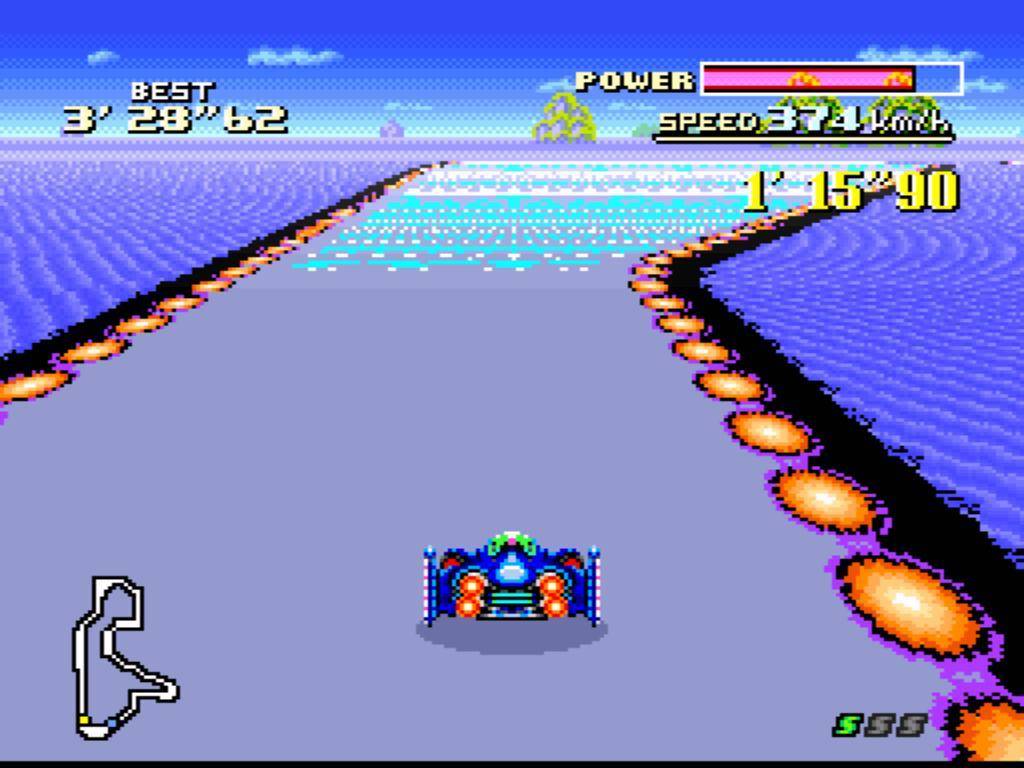
8. Metroid II: Return of Samus (Gameboy)(Tie)
The
follow-up to the NES classic, Metroid II saw bounty hunter Samus Aran
take the fight directly to the Metroid home world, SR388. While limited
in scope due to being released on the Gameboy, Metroid II introduced new
power-ups, some of which still show up in the series, as well as the
idea of different variations of the titular Metroid. A remake on the 3DS
saw a fuller realization of Metroid II, but for the time and console it
was developed for, Metroid II was a very impressive feat.
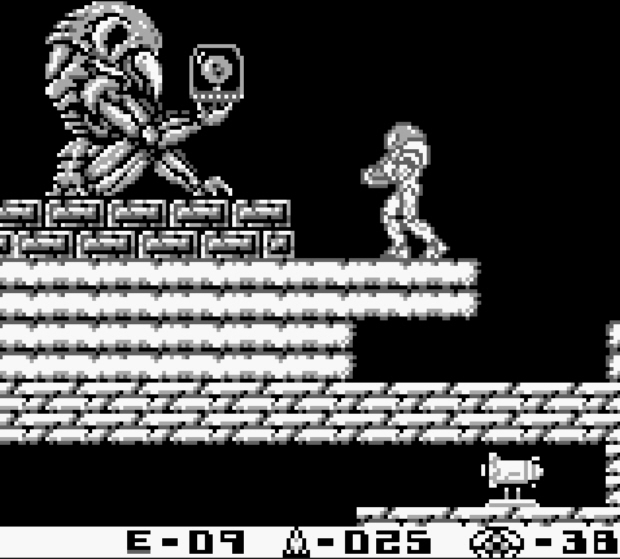
7. Adventure Island II (NES)(Tie)
I’ve already
opined on Adventure Island II recently, but am always happy to talk it
up. While keeping the platforming gameplay of the original, Adventure
Island II made improvements in almost every facet of the series. The
level design was tighter, as were the controls. The levels featured a
higher level of variety in terms of theme. New items and weapons were
introduced, most notably, four dinosaur companions that Master Higgins
could ride, granting him more maneuverability and/or attacks. My
personal favorite of the Adventure Island titles, Adventure Island II is
definitely one of the gems of the NES library.

7. Golden Axe II (Sega Genesis)(Tie)
I’m pretty
terrible at beat-em-ups, so a title in that genre has to be great to
pull me in. Enter Golden Axe II. One of the most renowned titles and
series on the Genesis, Golden Axe II continued the excellent gameplay of
Golden Axe. Ridable creatures are included as is the ability to pick
your character. Golden Axe II is not an easy game (at least, for me),
but even when I would die, I would still want to start over, which I
believe speaks very highly of the title.

7. Tiny Toon Adventures (NES)(Tie)
There was a
time when games based on cartoons or movies were generally quite good. A
bad game was essentially the exception. Included in the majority is the
platformer Tiny Toon Adventures. Tiny Toon Adventures sees you play as
Buster Bunny attempting to rescue Babs from the villainous Montana Max.
Along the way, you can choose to be accompanied in each world by Dizzy,
Furrball, and Plucky, whom you can change into upon finding a certain
item. Each character brings an ability that changes up the gameplay.
Tiny Toon Adventures is an excellent platformer that is still held up
today as one of the best games on the NES.
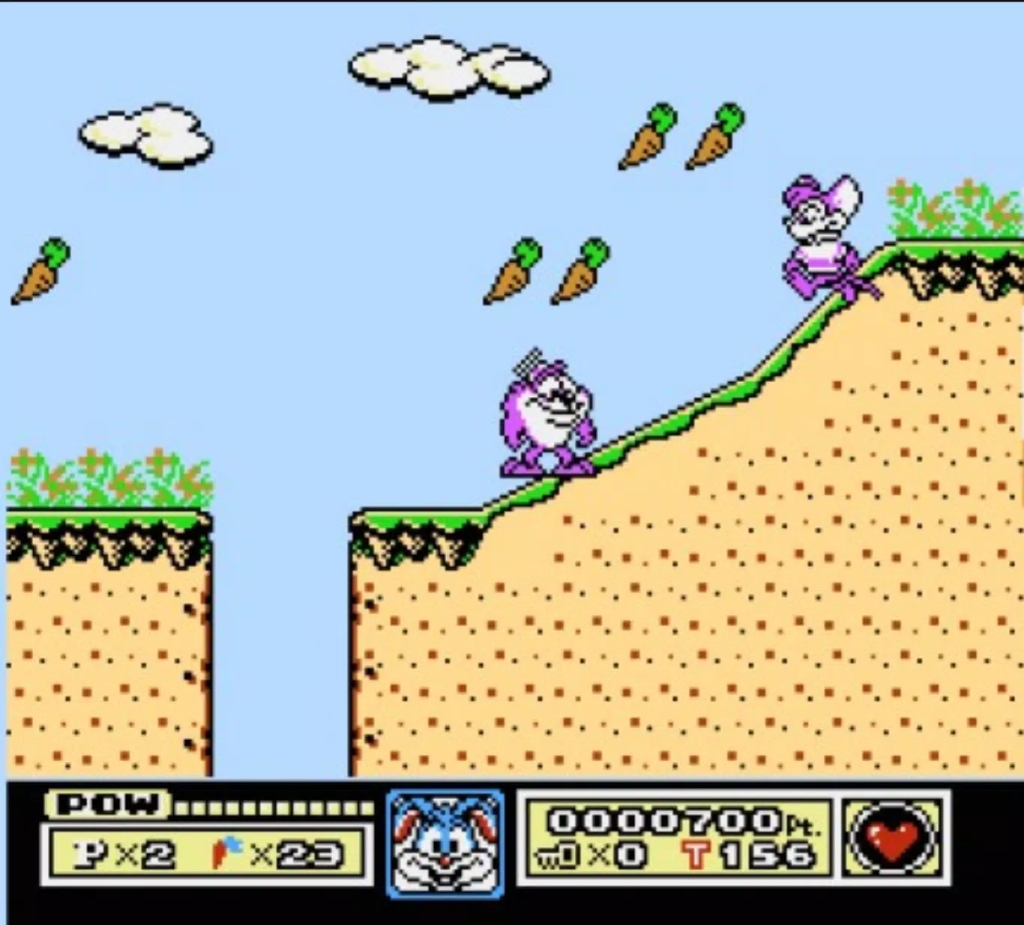
6. Final Fantasy Adventure (Gameboy)(Tie)
The
first entry in the Seiken Densetsu series, Final Fantasy Adventure is an
action RPG that plays much more like a Legend of Zelda title with RPG
elements than it does a traditional Final Fantasy title. Your character,
the “hero,” can use magic in addition to physical attacks. While a
fantastic game in its own right, Final Fantasy Adventure may be best
known as the forerunner to Secret of Mana. If you’re a fan of the latter
and have never played Final Fantasy Adventure, I would highly suggest
doing so as it is easily one of the best titles on Nintendo’s handheld.

6. Neutopia II (TurboGrafx-16)(Tie)
Neutopia II
didn’t change very much from the original, but in my opinion, it didn’t
really need to. Neutopia II, like its predecessor, plays very, very much
like Legend of Zelda (which was the point), but while it is a Zelda
clone, it is a phenomenal clone, and that’s all I ask in a title that is
imitating another title. I don’t have much to add to this. Neutopia was
a great game, and Neutopia II is a great game. Both are available on
PSN and if you’re looking to scratch that retro Zelda itch, you can’t do
much better than Neutopia.

6. Super R-Type (Super NES)(Tie)
R-Type was a
well known and very popular horizontal shooter series before Super
R-Type launched, yet Irem managed to outdo themselves even with the
previous entries being highly regarded. Super R-Type is tough as nails
and yet tons of fun at the same time. Irem truly nailed the delicate
balance of difficulty and enjoyment. I’ll admit to never being able to
beat this game, but the pure joy of playing it brought me back time and
time again.

5. Sonic the Hedgehog (Sega Genesis)
I have to
make a confession here. I am not a fan of Sonic the Hedgehog. I was a
Nintendo kid so I simply never had the chance to play the most
well-known entries. Still that said, now that I have been able to play
them, I am certain that a younger me with more time would have been
obsessed with Sonic. It’s also impossible to overstate the effect Sonic
the Hedgehog had on the gaming market in 1991. While I find the Mario
titles to be the better designed games, Sonic brought a pace and speed
to platforming that I’m not sure any other title had previously touched.
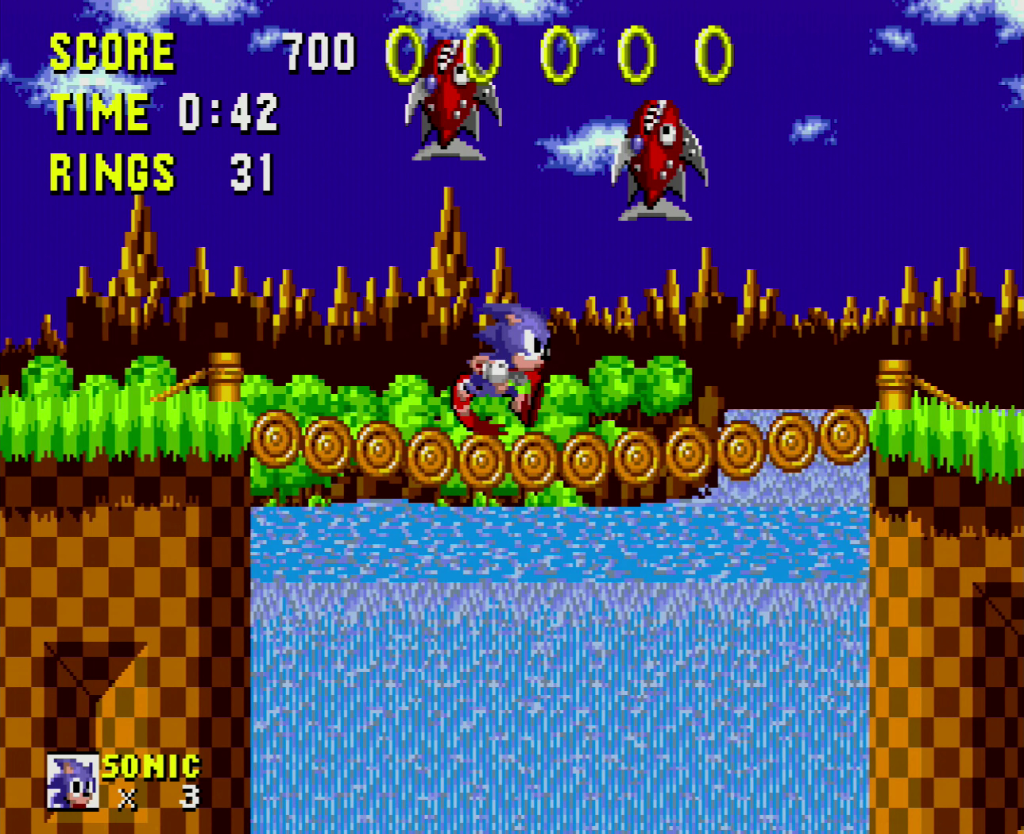
4. Actraiser (Super NES)
Actraiser is such a
unique title that I’m not sure any other game exists that can be
adequately compared to it (save for it’s own remake released a couple of
years ago). Actraiser is one part platformer, one part city building.
In the platforming levels, you are tasked with clearing an area of
monsters, culminating in a boss fight, while the city building sections
see you control a cherub/angle that allows you to direct your citizens
in growing their town. You are also able to use miracles to clear the
land and help your people, who respond by locating power-ups that will
be offered to you. While the platforming levels never changed (for
obvious reasons), the city building allowed the game to have a level of
variety that straight platformers couldn’t match.

3. Final Fantasy II (Super NES)
It kills me not
to write Final Fantasy IV, but here we are. The second Final Fantasy to
make it to America’s shores, Final Fantasy II is just a tremendous RPG,
and truly set the standard for any RPG that would follow it on the Super
NES. Aside from the standard RPG elements that we’re all familiar with
at this point, Final Fantasy II introduced the active time battle
system, which meant inputting action commands to your characters in real
time as opposed to the true turn-based battles which had previously ben
utilized. As with most Final Fantasy entries, the story is very
prominent and deep. Your primary protagonist is Cecil, a warrior
stripped of his status after questioning the king. You’ll gather a
number of characters, each with their own motives and story, to
accompany you on your quest. Final Fantasy II is so well made that it is
still playable today, over thirty years after its initial release, and
is a must for Final Fantasy and RPG fans.

2. Super Castlevania IV (Super NES)
I adore the
Castlevania series, and Super Castlevania IV is a large part of why. A
re-telling of the original Castlevania, Castlevania IV is, essentially, a
16-bit version of the NES Castlevania titles, which were just
fantastic. There are some quality of life improvements, such as the
ability to control your jump and whip in multiple directions, but Konami
didn’t make drastic changes to the series for the first Super NES
entry, and they didn’t need to. All Super Castlevania IV had to do was
continue the excellence of the series, and it did so in spades.
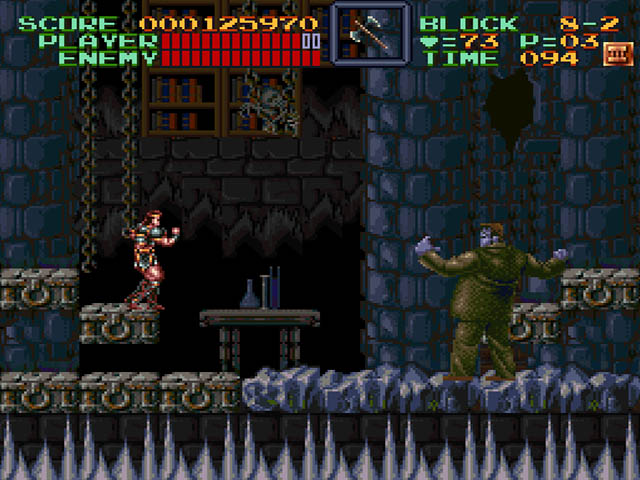
1. Super Mario World (Super NES)
It’s difficult
to state how revolutionary Super Mario World felt when it debuted with
the Super NES. Mario’s world was a massive, interconnected land teeming
with secrets, branching levels, hidden worlds, and paths. Riding on
Yoshi and learning his abilities added another layer to how you could
play the game. And seeing Mario and friends (and enemies) in 16-bit was
simply amazing. All these years later, and I’m not sure that Nintendo
has yet put out a Mario title that tops the complete excellence of Super
Mario World, and that is why it’s my #1 game of 1991.
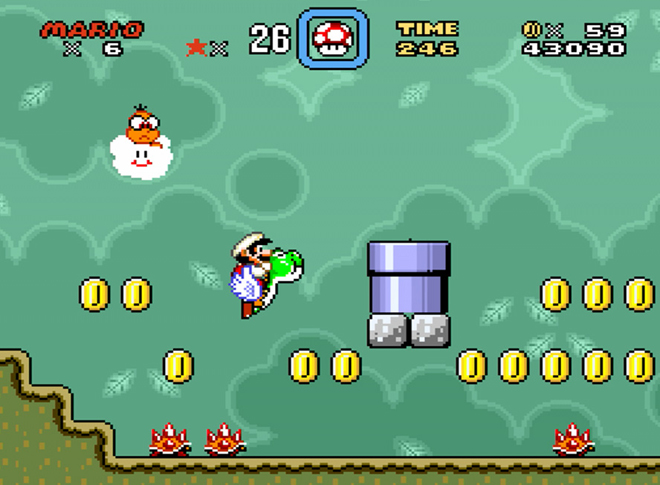
No comments :
Post a Comment